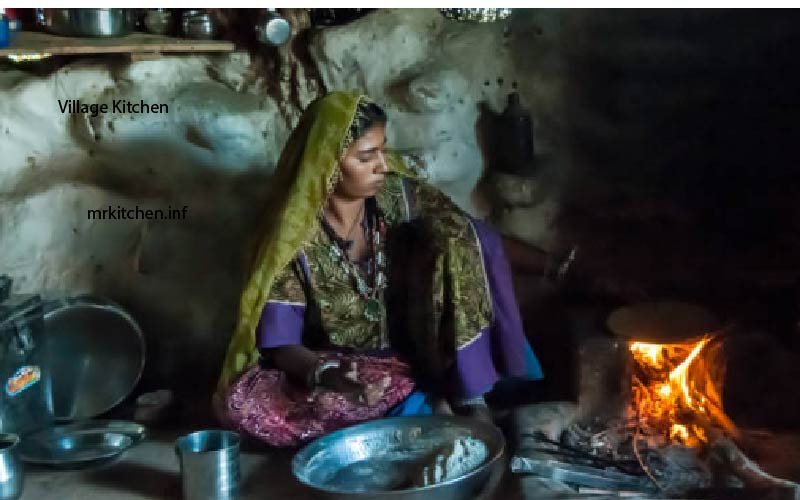Village kitchen culture is characterized by its simplicity, resourcefulness, and communal spirit. In villages around the world, the kitchen is the heart of the home, where families gather to cook, eat, and share stories.
Simplicity
Village kitchens are typically small and functional, with limited space and appliances. However, this does not mean that the food they produce is simple or lacking in flavor. Villagers often use fresh, seasonal ingredients and traditional cooking methods to create delicious and nutritious meals.
Resourcefulness
Villagers are accustomed to using whatever ingredients are available to them, often from their own gardens or farms. They are also skilled at preserving food for later use, such as drying, salting, and pickling. This resourcefulness ensures that villagers have access to food throughout the year, even when fresh produce is scarce.
Communal Spirit
The village kitchen is a social hub, where families and neighbors gather to cook, eat, and share stories. Cooking together is a way of bonding and strengthening relationships. It is also a way of passing down traditions and preserving the culinary heritage of the village.
Examples of Village Kitchen Culture
Here are some examples of how village kitchen culture is expressed around the world:
- In Africa, many villages have communal kitchens where women gather to cook and share food.
- In India, village kitchens often feature tandoor ovens, which are used to cook a variety of dishes, such as bread, meat, and vegetables.
- In China, village kitchens often feature woks, which are used to stir-fry a variety of dishes.
- In Mexico, village kitchens often feature clay ovens, which are used to bake bread and make tamales.
- In Italy, village kitchens often feature wood-fired ovens, which are used to cook pizza, bread, and meat.
Village kitchen culture is a vibrant and dynamic part of the world’s culinary heritage. It is a testament to the ingenuity and resourcefulness of people living in rural areas, and it is a reminder of the importance of food as a source of nourishment, community, and tradition.
